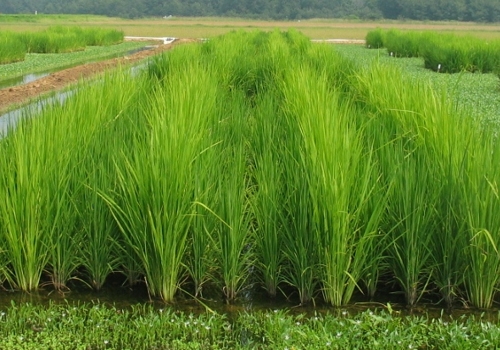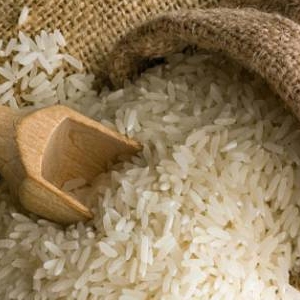The scary headline has surfaced before – in fact, it’s on it’s third or fourth time around, right now – about Arsenic being found in rice destined for human consumption. Sounds very dark, but, if you look closer at the situation, you’ll probably conclude, as I have, that it’s a tempest in a teapot.
 Rice – growing as intended, hip-deep in nutrient-rich water. When the Rice grains
Rice – growing as intended, hip-deep in nutrient-rich water. When the Rice grains
are fully formed, the paddy will be drained, the Rice plants will dry
and turn brown, and the Rice will be harvested.
In fact, no less an authority than Consumer Reports has brought to light a number of misconceptions about the Arsenic-in-Rice scare.
First, we must take into account that rice, because of the way it grows, partly immersed in miner-rich water for a good part of its life, has greater exposure to all water-soluble elements than other grains.
But Consumer Reports (CR) adds the following main points:
- All varieties and brands of rice tested contained measurable amounts of arsenic, but the amounts detected varied widely.
- Brown Rices tested higher than White Rices for Arsenic, possibly because they still have their seed coats on.
- Rices grown in some parts of the world had significantly lower Arsenic content than those grown in other areas. This may point to either greater Arsenic content in the water in some regions, or the use of Arsenic pesticides in some areas, when they have been banned in others.
- The ‘Organic’ label means nothing in terms of Arsenic contamination. No difference was found between organic and regular samples from the same growing areas, which seems to support the natural-groundwater-as-source theory.
- CR suggests that at least a third of the Arsenic in Rice resides in the surface starch. The magazine suggests rinsing all Rice thoroughly before cooking. But that would ruin a nice Risotto, Chinese Sticky Rice or Sushi roll!
Overall, we suggest using a brand of Rice grown in an area identified as having less Arsenic.
And remember: Those who eat rice frequently and in large quantities are at much greater risk than those who vary their intake of starches across an array of grains and pastas.
Live large! And have no fear!
~ Maggie J.

